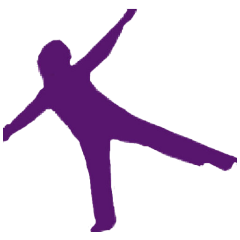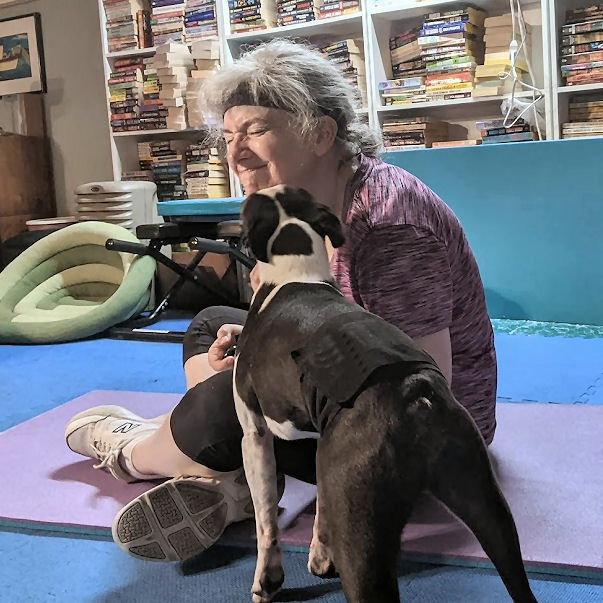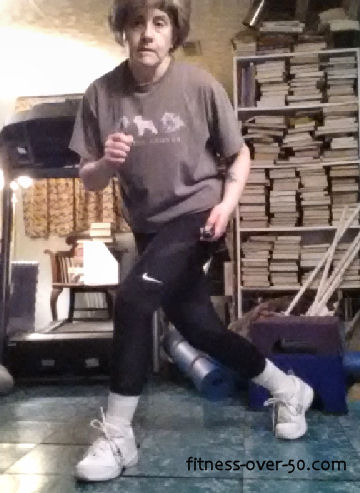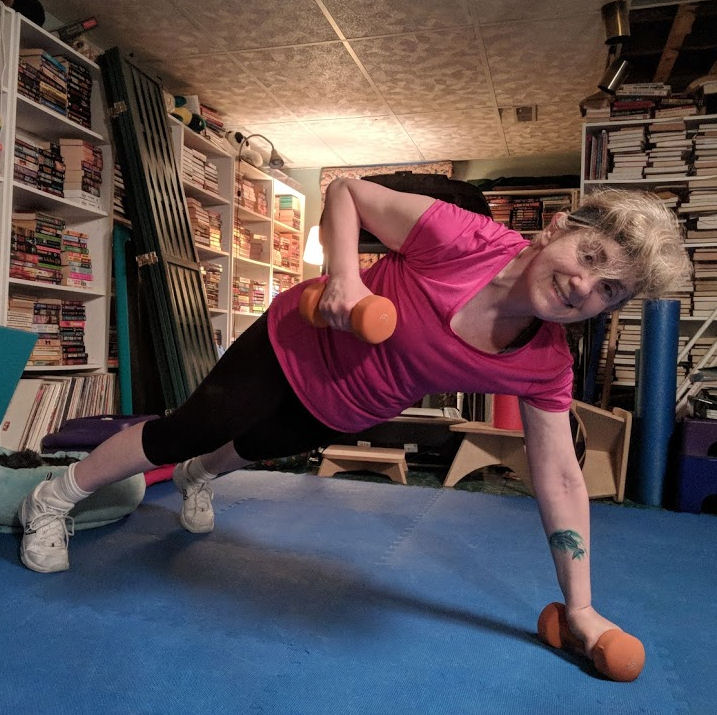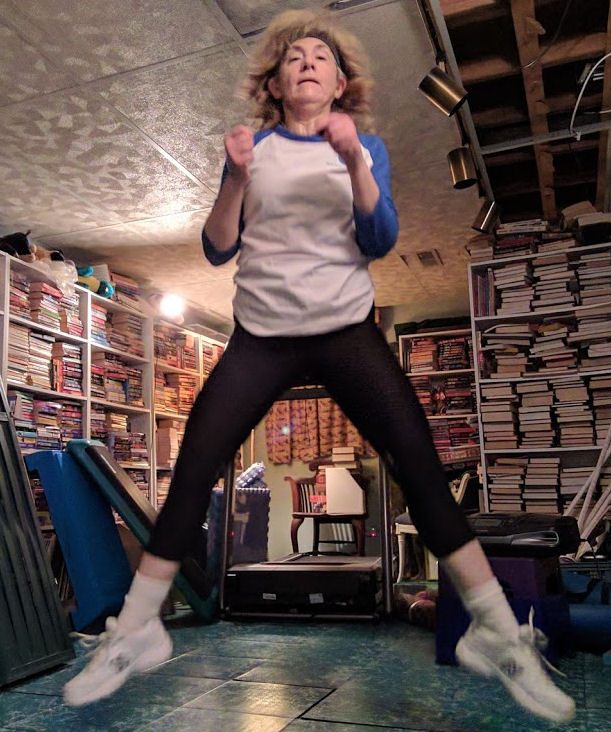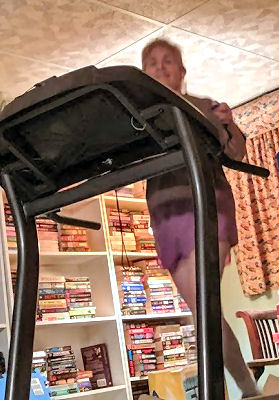It happened here
Everyone always says, “It can’t happen here.” Well, it happened here – or just a few miles down the road. The shooting at the Highland Park, IL Independence Day parade, just a few days ago, just a few miles away took our collective breath away. Nowhere is safe. Expect it anywhere, anytime. So, how do you shift your mindset to a place of peace following tragedy?
Dealing with tragic news
Even if a tragedy like a mass shooting incident does not involve you directly, when it’s physically close to home it hits people hard. I first learned of the shooting from a post by a friend and my brain just stopped working. I was with my sister and we turned on the TV. Of course all the local stations were covering the story but it was too early to learn any details – just that it happened.
Our friends in Highland Park
By then we’re thinking of all our friends who live in Highland Park. And of course it’s a natural thing to go to the parade on the 4th of July. Immediately we texted and messaged those friends to make sure they were OK. But we were in shock. My mindset was spiraling down, and I could feel the anxiety start.
Our friends were fine – a couple had started to head to the parade, but they were late and the roads were already closed. Knowing that our friends were not involved did not make the anxiety go away. This happened, and it was bad. It’s natural to ask, “How will I ever be safe again?”
Methods for coping
The first step in processing a tragedy like this is just to accept that it happened. You can’t lie to yourself and make it go away. But obsessing over the news coverage is also not helping to shift your mindset.
Stick to your normal routine
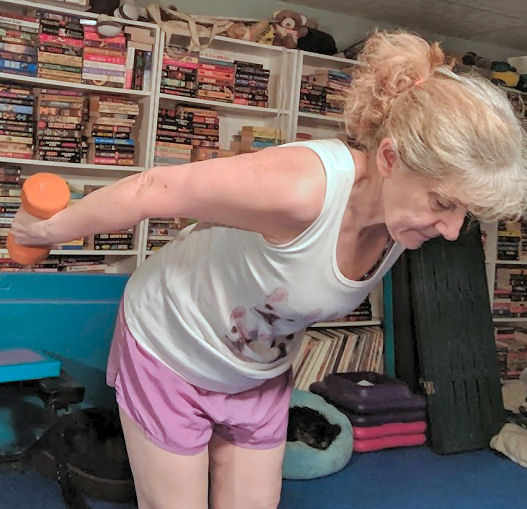
Keeping to your normal routine is an important way to process a tragedy, according to Dr. Munther Barakat, Director of Behavioral Therapy at Aurora Psychiatric Hospital in Wauwatosa, Wis. By maintaining our regular schedule, we can shift our mindset back to our normal happier one in less time. It’s important not to neglect basic self-care – keep to your normal sleep routine, eat healthy meals, schedule your workouts as usual. Maintaining your regular routines will strengthen your resilience and make you more able to face the future.
Exercise works
Exercise helps me cope with my anxiety. I have to focus on what I’m doing so I don’t trip over my own feet or kick the dogs, so exercise helps shift my mindset. And that shift lasts after the workout as well.
Walk in nature
If you don’t feel up to an intense workout, just taking a walk helps to improve your mindset as well. Fifteen to twenty minutes or so of deep breathing and looking at trees helps enormously. Of course, if these coping techniques aren’t working for you – if your anxiety grows, if you’re losing sleep and productivity at work, you may want to talk to a professional about it.
Bad people are still out there
Bad people will always be in the world. But we don’t have to dwell on their existence. Shift your mindset. Be happier with yourself and your corner of the world.
